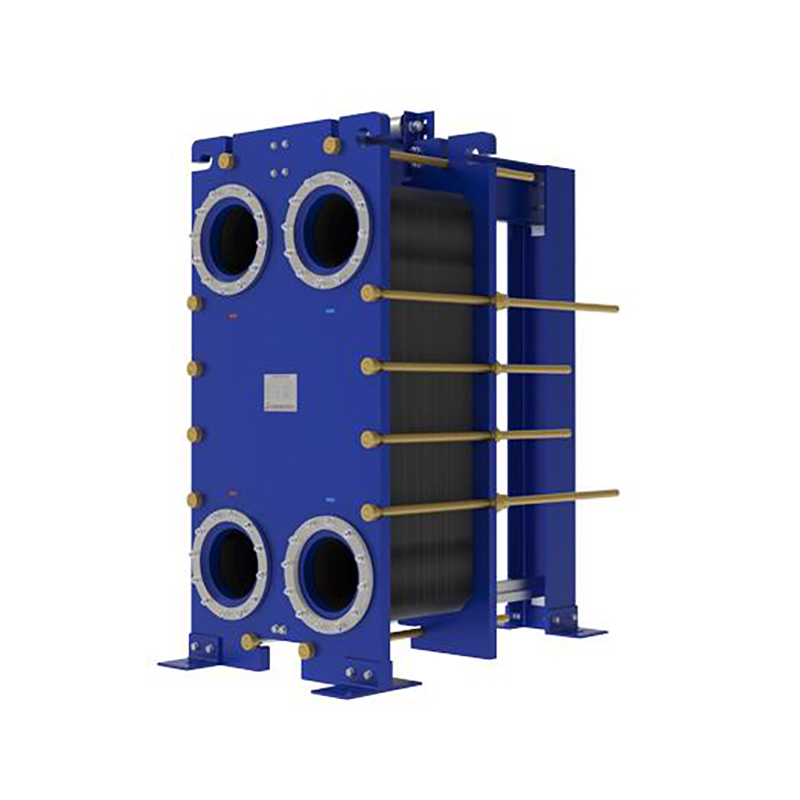5 key roles of plate heat exchanger gaskets.
Plate heat exchanger gaskets perform 5 key roles: ...
More
A Plate and Frame Heat Exchanger (PHE) is a highly efficient thermal transfer device constructed by mounting a series of corrugated metal plates between a fixed frame plate and a movable pressure plate. These plates are assembled with gaskets that seal the channels and direct the fluids into alternating passages, allowing two media—such as water, steam, or process fluids—to exchange heat without coming into direct contact. The distinctive herringbone pattern on the plates induces turbulent flow, which is a key factor in achieving exceptionally high heat transfer coefficients, significantly outperforming traditional shell and tube designs in many applications. According to industry standards from organizations like the Heat Exchange Institute (HEI) and ASME, these units are designed for pressures up to 25 bar and temperatures up to 160°C with standard gaskets, and even higher with specialized materials. They are the cornerstone of modern thermal management in fields ranging from HVAC and district heating to chemical processing, food and beverage production, and marine engineering, prized for their adaptability and compact footprint.
Select the most popular foreign trade service products to meet your diverse needs
Learn more about the dynamics and professional knowledge of the foreign trade industry

Plate heat exchanger gaskets perform 5 key roles: ...
More
You can see clear differences between welded block...
MoreAPI 662 defines standards for plate heat exchanger...
More
A gasket in heat exchanger seals surfaces, blocks ...
More
Industries in 2025 achieve higher efficiency by ad...
More
What is a heat exchanger? It's a device that trans...
MoreSelect the most popular foreign trade service products to meet your diverse needs
Explore more content related to foreign trade services

User Comments
Service Experience Sharing from Real Customers
Robert Chen
Maintenance EngineerThis plate and frame exchanger has been incredibly reliable in our chemical processing plant. The compact design saves significant space while maintaining excellent heat transfer efficiency. Maintenance is straightforward thanks to the accessible frame design.
Sarah Johnson
Plant ManagerWe've installed several of these exchangers in our dairy processing facility. The sanitary design meets all our hygiene requirements, and the plates are remarkably easy to clean and reassemble. Minor leakage issues initially but resolved after proper gasket seating.
David Williams
HVAC TechnicianExceptional performance in our district heating system. The modular design allows us to easily add plates as our capacity requirements increase. Energy efficiency has improved by 18% compared to our previous shell and tube units.
Emily Rodriguez
Process EngineerPerfect solution for our pharmaceutical applications. The ability to handle close temperature approaches and the material compatibility with various cleaning agents make this exchanger ideal for our sterile processes. Supplier provided excellent technical support during installation.